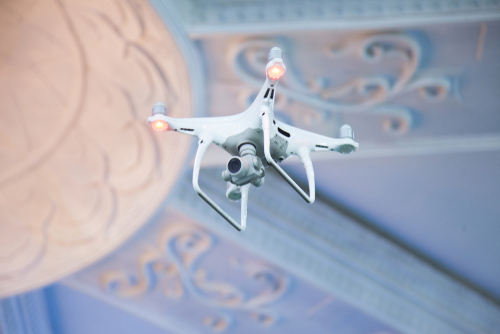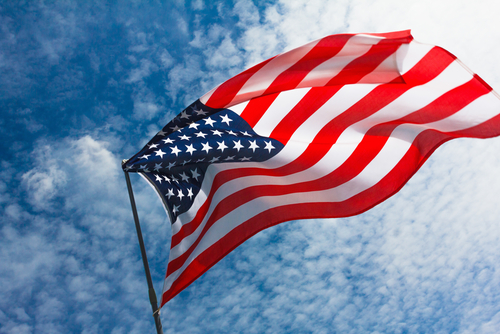So far, only three drones in the micro category (250g–2kg) have been certified, as they are subject to less stringent rules due to limited capability to carry out commercial operations. Drones in the small category (2–25kg) have the ability to deliver a higher payload, carry more sensors, and to stay in the air for longer, so are therefore subject to more compliance requirements, but also hold the promise of far greater potential for the commercial drone industry.
AUS works with large mining, infrastructure, power and survey companies, including several state-run agencies and is likely to strike up more deals after the DGCA certification. With the launch of the new drone, the company aims to increase its 250% year-on-year growth rate to 400% year-on-year. The government has been urged to include categories, such as small drones, for certification so that individuals and startups can apply for these permits and begin to develop the industry and serve the larger use-cases that they offer, as oppose to the micro drones.
India legalised flying commercial drones only in late 2018 when it announced Drone Regulations 1.0. Previously they had been banned for civil purposes, only being used by defence forces, a select few government companies, and law enforcement agencies. In stark contrast with their previous attitude of banning private and consumer drones, India ranked first in the total number of drone imports between 1985 and 2014, with 22.5% of the global share, as well as the vast majority of the drones currently in operation being civil ones. The move to finally legalise them was welcomed, even if the pace of progress was slow, but an initial draft of Drone Regulations 2.0 has hinted that drone delivery of food and goods may well be on the horizon in the sector. Companies such as Amazon will be relieved to hear that, as the retail giant has been making preparations to test drone deliveries in India since 2017.


.jpg)
.jpg)
.jpg)

.jpg)



.jpg)
